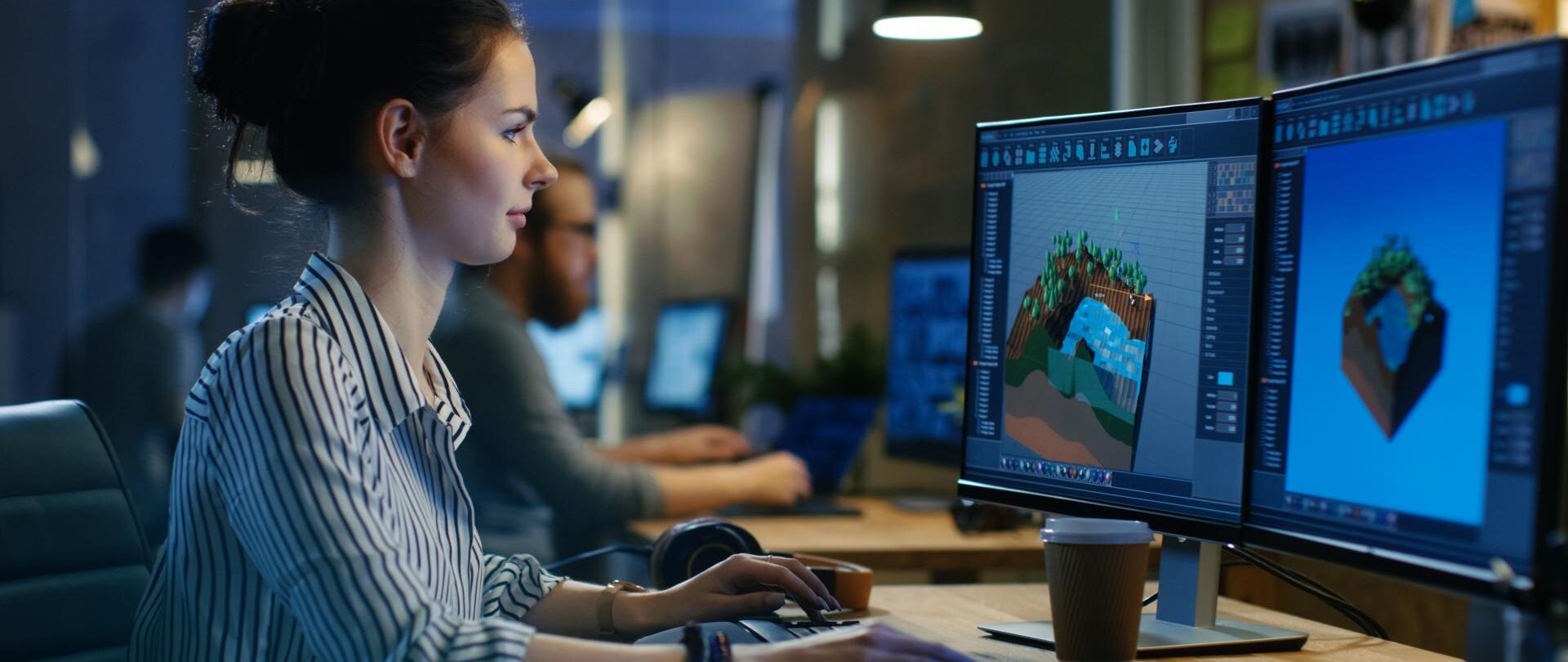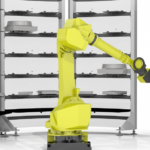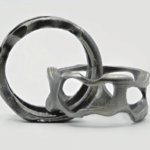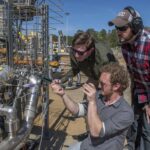
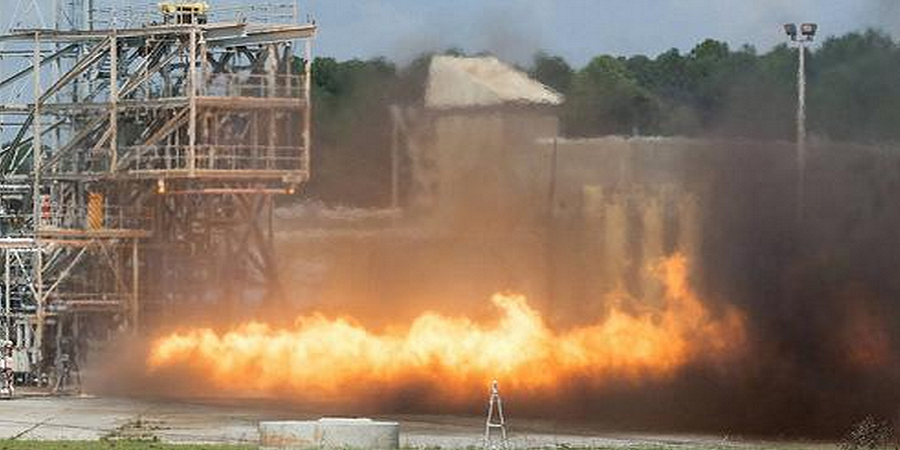
The latest in a string of successful 3D printed engine part tests was just recently completed by NASA, adding more proof that metal 3D printing is becoming a viable and revolutionary manufacturing process. While the automotive industry has been using 3D printed parts for years, the aerospace industry has been taking great care in experimenting and testing to ensure that any 3D printed parts will be just as strong and dependable as traditionally manufactured parts. Perfecting metal 3D printing is a necessity for advancing rocket engine development, as many of the next-generation designs include components with geometries far too complex to be made traditionally.
The latest test was of a 3D printed gas generator component designed for a modern update of the classic F-1 rocket engine. The generator is responsible for supplying power to a pump that will deliver enough propellant into the engine to allow the rocket to break Earth’s gravitational pull. The data being accumulated from testing the 3D printed F-1 gas generator will hopefully help NASA and the aerospace industry produce complex and advanced engine parts for their new Space Launch System. The SLS is the successor to the recently cancelled Space Shuttle program and hopefully the next phase in the United States’ manned space flight programs.
Despite being developed back in the 1960s, the F-1 is still the most powerful single-combustion chamber, liquid-propellant rocket engine that has ever been made. The F-1 rocket engine was initially developed for the Saturn V moon missions. In order to ascertain the rocket’s performance using modern testing capabilities, in 2013 a vintage F-1 rocket was tested at NASA’s Marshall Space Flight Center in Huntsville, Alabama. The vintage F-1 was outfitted with its original gas generator component, capable of generating in excess of 30,000 lb of thrust. NASA intends to compare the modern data collected from the firing of the vintage engine to the new F-1 engine with the 3D printed gas generator component.

“This test gave NASA the rare opportunity to test a 3D-printed rocket engine part, an engine part for which we have lots of data, including a test done three years ago with modern instrumentation. This adds to the database we are creating by testing injectors, turbo pumps and other 3D-printed rocket engine parts of interest to both Nasa and industry,” said NASA Marshall Space Flight Center test requestor Chris Protz.
The test series was conducted by NASA at the request of Dynetics and Aerojet Rocketdyne, which designed and manufactured the 3D printed gas generator. NASA often works closely with members of the aerospace industry on rocket development and has a vested interest in working to identify, test and ultimately develop new technologies that could enhance their own future propulsion system designs and applications.
“NASA is exploring many technologies to enhance the Space Launch System as it evolves for use in a variety of missions. If it proves to be a viable option, additive manufacturing may help us build future propulsion systems,” explained NASA’s SLS advanced development task lead Sam Stephens.
The first advanced engine being developed for the SLS project will be the Block 1 rocket and it is being designed to enable NASA to launch up to 70 metric tons into low-Earth orbit. Once successful NASA intends to move on to the second iteration called the Block 1B and is expected be capable of lifting more than 105mt into orbit. You can find out more about the new Space Launch System program over on the NASA website.
Let’s hear your thoughts on NASA’s recent tests. Discuss in the NASA 3D Printed F-1 forum thread on 3DPB.com.
If you're looking for affordable 3D visualization services in the USA, our platform provides an ideal solution for all your architectural and real estate needs. Through our service, you can access high-quality 3D renderings at competitive prices without compromising on quality. Whether you need interior visualizations, exterior renderings, or architectural animations, our team ensures that you get professional results that fit within your budget. With our support, you can make your projects visually stunning while saving on costs, all with a quick and straightforward process.
Through our site, you can easily order affordable 3D visualizations for your projects, whether for a residential property, commercial development, or architectural design. We understand the importance of staying within budget, and that's why we offer tailored solutions to ensure you get the best value for your investment. Our experts work efficiently to provide you with realistic, photorealistic 3D images that will elevate your presentations and attract clients, making your property stand out in the market.

